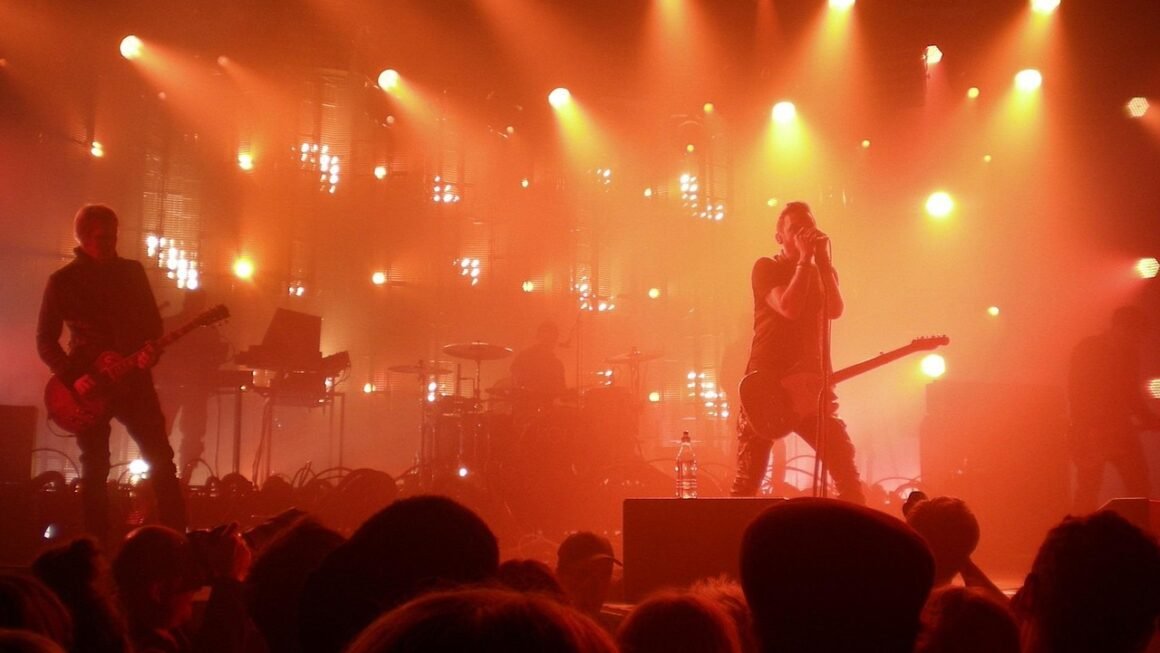From explosions that fill the silver screen to subtle digital enhancements that seamlessly blend into reality, special effects (SFX) are the unsung heroes of modern filmmaking and entertainment. They transport us to fantastical worlds, create breathtaking action sequences, and bring impossible scenarios to life. This blog post will delve into the fascinating world of special effects, exploring their history, techniques, and impact on the entertainment industry.
A Brief History of Special Effects
Early Innovations: The Illusionists
Special effects have been around since the dawn of cinema. Before the advent of digital technology, filmmakers relied on ingenuity and clever practical techniques to create illusions.
- Early techniques:
Stop-motion animation: Animating inanimate objects frame by frame.
Forced perspective: Manipulating the size and distance of objects to create visual illusions. For example, making someone appear giant by placing them closer to the camera than other actors.
Matte paintings: Painting realistic backgrounds on glass panels placed in front of the camera.
Double exposure: Exposing the same film multiple times to create ghostly effects or layered imagery.
The Rise of Practical Effects
The mid-20th century saw the development of increasingly sophisticated practical effects, often involving physical models, prosthetics, and pyrotechnics.
- Notable examples:
Ray Harryhausen’s stop-motion animation: Pioneering work in films like “Jason and the Argonauts” and “Clash of the Titans.”
Dick Smith’s makeup effects: Groundbreaking prosthetic work in films like “The Exorcist” and “Scanners.”
Pyrotechnic displays in action films: Creating realistic explosions and other dangerous effects using controlled explosives.
The Digital Revolution: VFX Takes Center Stage
The Transition to Computer-Generated Imagery (CGI)
The late 20th and early 21st centuries witnessed a seismic shift in special effects with the rise of computer-generated imagery (CGI) and visual effects (VFX).
- Advantages of CGI:
Greater creative control: Allowing artists to create anything imaginable, regardless of physical limitations.
Cost-effectiveness: In some cases, CGI can be cheaper than building physical sets or performing elaborate stunts.
Safety: Reducing the risk of accidents associated with practical effects involving dangerous materials or stunts.
Key VFX Techniques
Modern VFX encompasses a wide range of techniques, including:
- 3D Modeling and Animation: Creating realistic 3D models of characters, objects, and environments.
- Compositing: Combining multiple visual elements (live-action footage, CGI, matte paintings) into a single seamless shot.
- Motion Capture: Recording the movements of actors to create realistic animations for digital characters.
- Rotoscoping: Manually tracing over live-action footage to isolate specific elements for manipulation or compositing.
- Digital Matte Painting: Creating realistic backgrounds and environments using digital painting techniques.
Examples of Groundbreaking VFX
- “Jurassic Park” (1993): Blended practical animatronics with CGI to create incredibly realistic dinosaurs, revolutionizing visual effects.
- “The Lord of the Rings” trilogy (2001-2003): Showcased the power of CGI to create massive battle scenes and believable digital characters like Gollum.
- “Avatar” (2009): Pushed the boundaries of motion capture and 3D technology, creating a visually immersive world.
Practical Effects vs. VFX: Finding the Right Balance
The Strengths of Practical Effects
Despite the dominance of VFX, practical effects still hold a significant place in filmmaking.
- Tangibility: Practical effects provide actors and the crew with something real to interact with, enhancing the performance and realism.
- In-camera authenticity: Capturing effects directly on camera can often create a more believable look than CGI.
- Nostalgia and artistry: Many filmmakers and audiences appreciate the artistry and craftsmanship of practical effects.
The Power of Hybrid Approaches
The most effective special effects often combine practical and digital techniques.
- Enhancing Practical Effects with VFX: Using CGI to enhance practical explosions, remove wires, or add subtle details.
- Using Practical Effects as a Base for VFX: Building a physical model of a spaceship and then using CGI to add details, textures, and animations.
- Example: The movie “Dune” (2021) made extensive use of practical sets and props, then enhanced them with digital effects to create the vast and immersive world of Arrakis.
The Future of Special Effects
Advancements in AI and Machine Learning
Artificial intelligence (AI) and machine learning are poised to revolutionize special effects even further.
- AI-powered tools: Automating tasks such as rotoscoping, compositing, and facial animation.
- Generating realistic simulations: Creating more realistic simulations of fluids, explosions, and other complex phenomena.
- Deepfakes and virtual actors: Creating realistic digital doubles of actors or even generating entirely new virtual actors.
Virtual Production: A New Paradigm
Virtual production techniques, such as LED walls and real-time rendering, are transforming the filmmaking process.
- Shooting in virtual environments: Allowing filmmakers to shoot scenes in realistic virtual environments without the need for physical sets.
- Real-time visual feedback: Providing directors and actors with immediate visual feedback on the final look of the shot.
- Reducing post-production time and costs: Streamlining the filmmaking process and reducing the need for extensive post-production work.
The Democratization of VFX
Affordable software and online resources are making VFX more accessible to independent filmmakers and hobbyists.
- User-friendly software: Programs like Blender, DaVinci Resolve, and HitFilm Express offer powerful VFX tools at low or no cost.
- Online tutorials and communities: Providing aspiring VFX artists with the resources they need to learn and develop their skills.
- Empowering independent creators: Allowing independent filmmakers to create visually stunning films without a huge budget.
Conclusion
Special effects have come a long way from the early days of stop-motion animation and forced perspective. Today, VFX is an integral part of filmmaking, television, and video games, pushing the boundaries of what’s possible on screen. While digital technology continues to advance, the importance of practical effects and the artistry of special effects artists remain essential. As AI, virtual production, and other emerging technologies continue to evolve, the future of special effects promises to be even more exciting and transformative.



